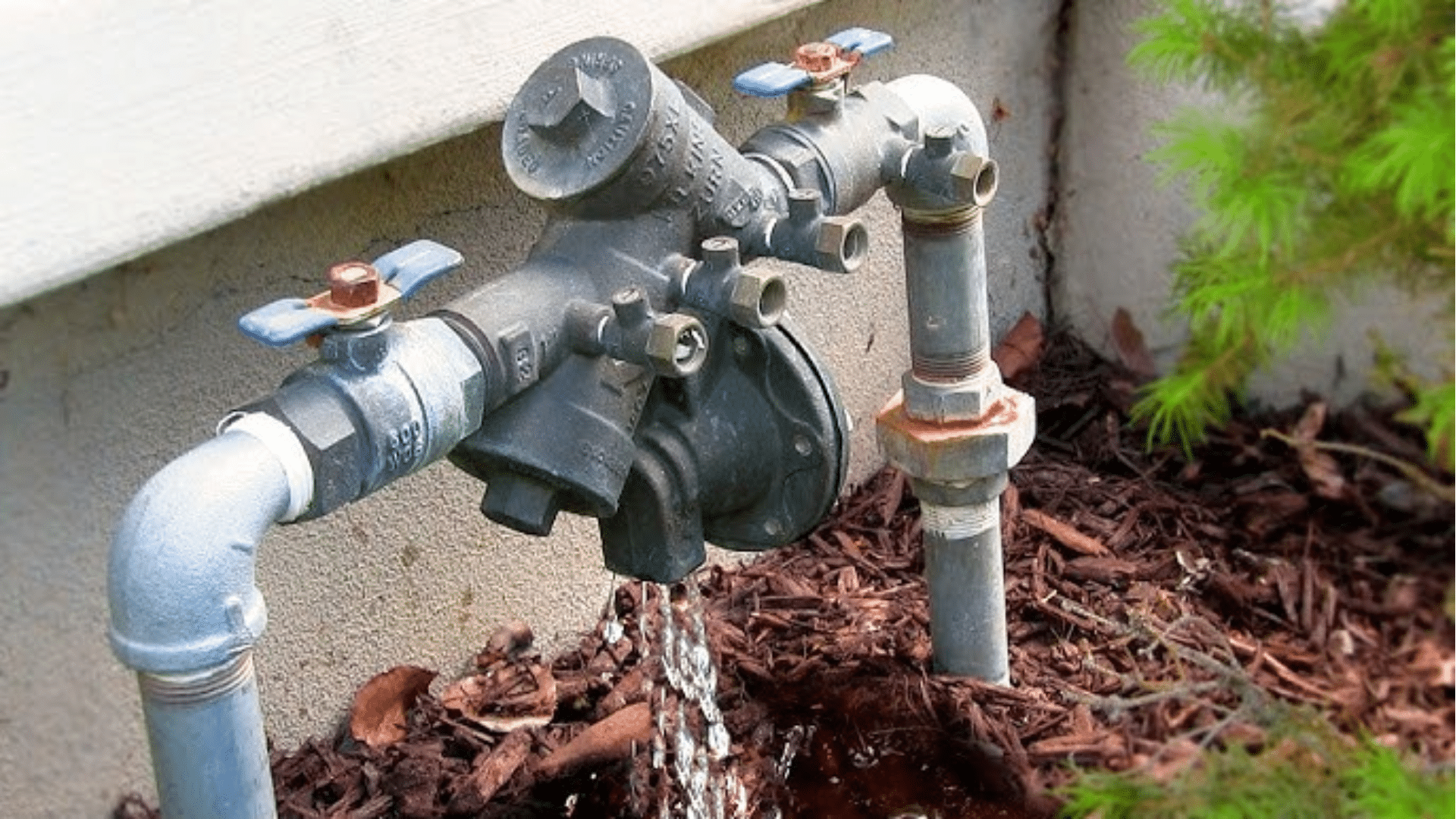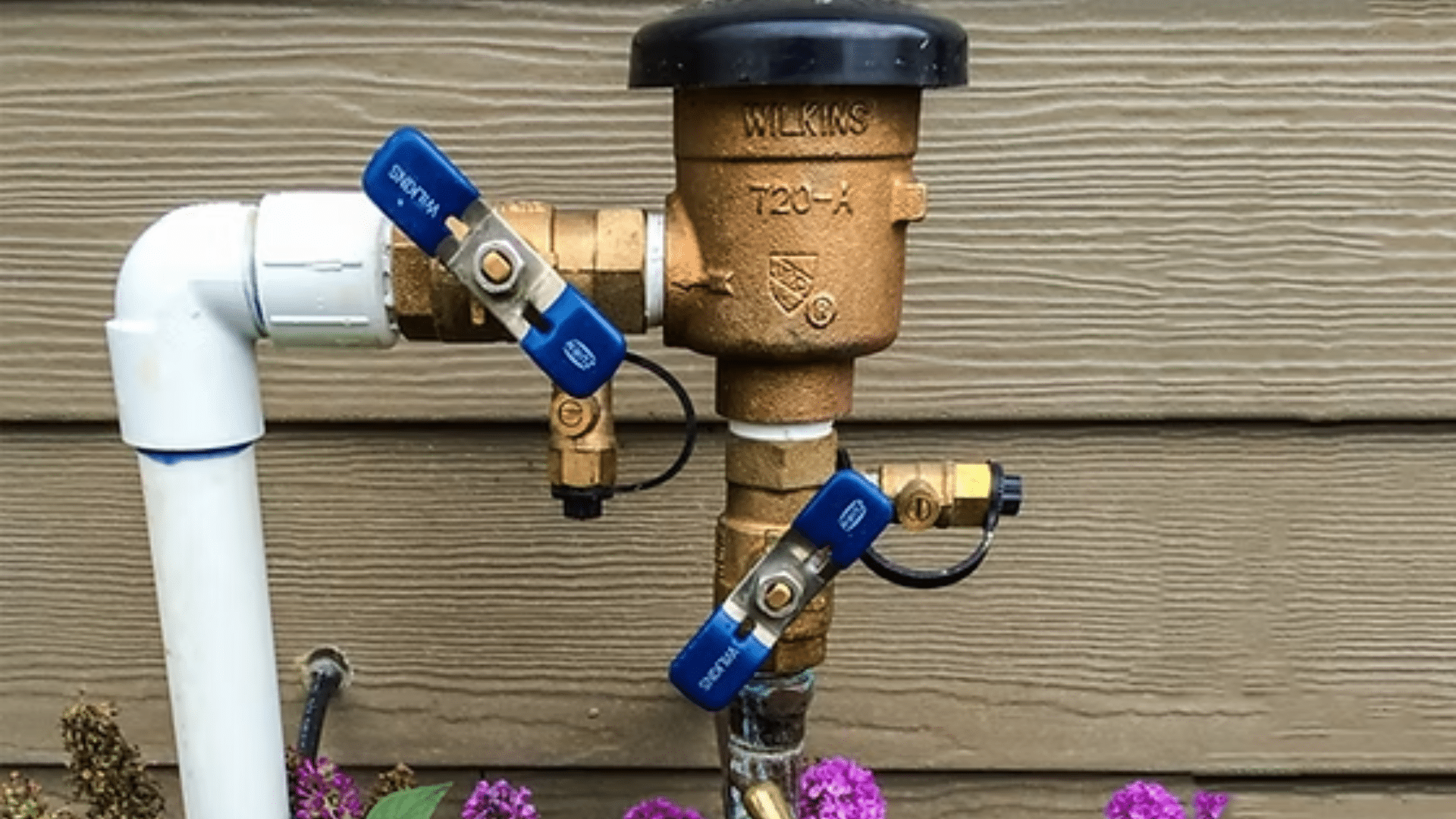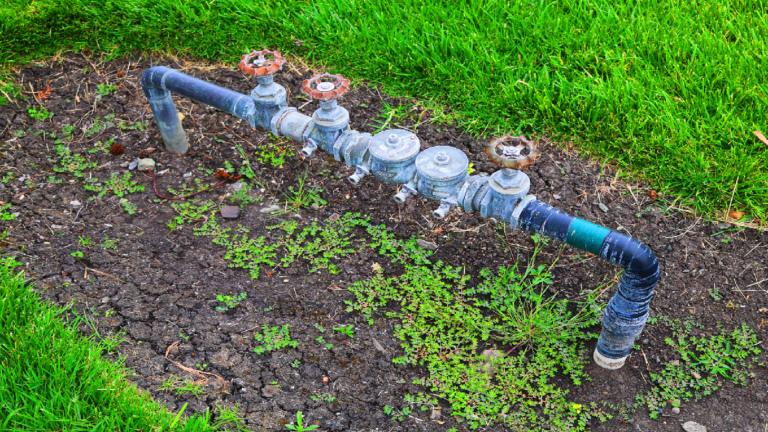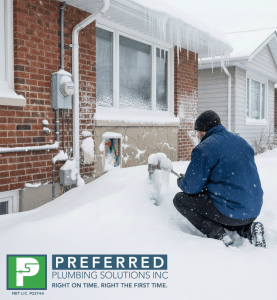Irrigation backflow testing is something I’ve learned is really important for keeping your water system safe.
If you have an irrigation system in your yard, you might not realize that it can sometimes let dirty water flow back into your clean water supply.
This can happen if there’s a drop in water pressure, and it’s not something you want to risk. I’ve found that getting regular backflow testing helps ensure your water stays clean and safe to use.
It’s a simple process where a professional checks your system to make sure everything is working properly and nothing’s leaking back into your water supply.
It might sound complicated, but it’s really just a precaution to protect your home and garden. Let’s take a closer look at why irrigation backflow testing is important and how it can help keep your water safe.
What Is Backflow in Irrigation Systems?
Backflow is when water flows in the wrong direction – back into the drinking water supply instead of staying in the irrigation system.
This can happen if there’s a sudden change in pressure, like a drop in water pressure, or if the system is forced to draw water from another source.
In an irrigation system, backflow can bring harmful substances like fertilizers, pesticides, and dirt back into the clean water supply. This can be dangerous to your health and the environment.
That’s why it’s important to have backflow prevention devices in place. These devices stop water from flowing backward and keep your water clean and safe.
Why Is Annual Backflow Testing Crucial?
I can’t stress enough how important it is to test your backflow prevention system every year. Backflow testing makes sure your irrigation system is working properly and that your drinking water stays safe. Here’s why it’s so crucial:
- Protects Your Drinking Water: Backflow can bring harmful chemicals and bacteria into your clean water supply. Annual testing ensures there’s no chance of contamination.
- Keeps You in Compliance: Many areas require backflow testing by law. Failing to test could lead to fines or even loss of water service.
- Catches Problems Early: Regular testing helps find any issues with your system before they become big problems, saving you time and money in repairs.
In the end, I always recommend staying on top of backflow testing. It’s a simple way to keep your water safe and your irrigation system in good shape!
Common Signs of Backflow Issues

If your irrigation system has backflow issues, there are a few signs to watch out for.
1. Sudden Drop in Water Pressure: If you notice that your water pressure is lower than usual, it could be a sign that backflow is happening. When backflow occurs, it can affect the flow of water, causing a noticeable drop.
2. Discolored or Foul-Smelling Water: If the water coming out of your faucets or sprinklers starts looking cloudy, brown, or smells bad, it’s a major warning sign. Contaminants, like fertilizers or pesticides, could be getting into your water supply.
3. Visible Leaks or Drips: If you see water leaking or dripping from your backflow prevention device, it could mean it’s not working correctly. A malfunctioning device is one of the main causes of backflow issues.
4. Unexpected Water Flow: If water starts flowing when you didn’t expect it, like after turning off the irrigation system, backflow might be the cause. This happens when the pressure changes, allowing water to flow the wrong way.
If you notice any of these signs, it’s a good idea to get your system checked out by a professional. Identifying and fixing the problem early can save you from bigger issues down the road.
How Is Backflow Testing Performed?
When it comes to backflow testing, it’s something I always recommend having done by a certified professional. Here’s a simple breakdown of how it works:
Step 1: Preparation
The technician will first turn off the water to your irrigation system to ensure safety.
They’ll also make sure the backflow preventer is easily accessible, so they can properly test the system.
Step 2: Pressure Testing
The technician uses special equipment to check the pressure inside the backflow prevention device. They’ll typically measure the pressure on both sides of the device to see if it’s functioning properly.
The goal is to make sure the device is able to stop water from flowing backward under normal conditions.
Step 3: Testing for Leaks
Next, they’ll check for any leaks or damage in the backflow preventer. Leaks can mean that the device isn’t working properly and may need to be repaired or replaced.
Step 4: Documenting Results
Once the test is complete, the technician will fill out a report showing the results.
If everything is working properly, the report will be submitted to your local water authority. If there are any issues, the technician will let you know what needs to be fixed.
I always make sure to get my system tested every year to ensure it’s in good shape and that my water stays clean. It’s a simple process, but it’s crucial to keeping everything working right!
Types of Backflow Prevention Devices
When it comes to protecting your water supply from backflow, using the right prevention device for your system is key. Different devices offer different levels of protection.
| Device | Description | Best For |
|---|---|---|
| Pressure Vacuum Breaker (PVB) | Uses air to break the vacuum and prevent backflow. It’s simple and easy to install. | Residential irrigation systems |
| Double Check Valve Assembly (DCVA) | Has two check valves to prevent backflow, offering good protection in moderate-risk situations. | Residential and commercial systems |
| Reduced Pressure Zone (RPZ) | Provides the highest level of protection by reducing pressure and preventing contamination. | High-risk areas, commercial systems |
| Atmospheric Vacuum Breaker (AVB) | Uses air to break the vacuum when there’s a change in pressure. It’s inexpensive and simple to install. | Low-risk residential irrigation |
Choosing the right device depends on the level of risk and the specific needs of your system. I always recommend consulting with a professional to ensure you’re using the best backflow preventer for your setup.
A little investment in the right device can go a long way in keeping your water safe!
Tips for Homeowners to Prevent Backflow

- Install a Backflow Prevention Device: Make sure your irrigation system has a backflow preventer to stop water from flowing the wrong way.
- Get Annual Testing: Schedule a yearly backflow test with a certified professional to keep your system in check.
- Check for Leaks: Regularly inspect your system for any leaks or signs of damage to the backflow preventer.
- Proper Winterization: During cold months, protect your backflow device from freezing to avoid damage.
- Know Local Codes: Be aware of local regulations and make sure your system meets the required backflow prevention standards.
- Maintain Your Irrigation System: Keep your sprinklers and pipes in good condition to reduce the risk of backflow issues.
Taking these simple steps will help ensure your water stays clean and safe!
Conclusion
I can’t stress enough how important it is to keep your irrigation system safe with regular backflow testing and proper maintenance.
Backflow issues not only put your drinking water at risk but can also lead to fines if your system isn’t up to code.
By installing the right backflow prevention device, scheduling annual tests, and staying on top of any necessary repairs, you’re ensuring the safety of both your water supply and your home.
Taking these steps now can prevent bigger problems later and give you peace of mind knowing that your water is safe.
Don’t wait until it’s too late – make sure your system is properly tested and maintained today!













